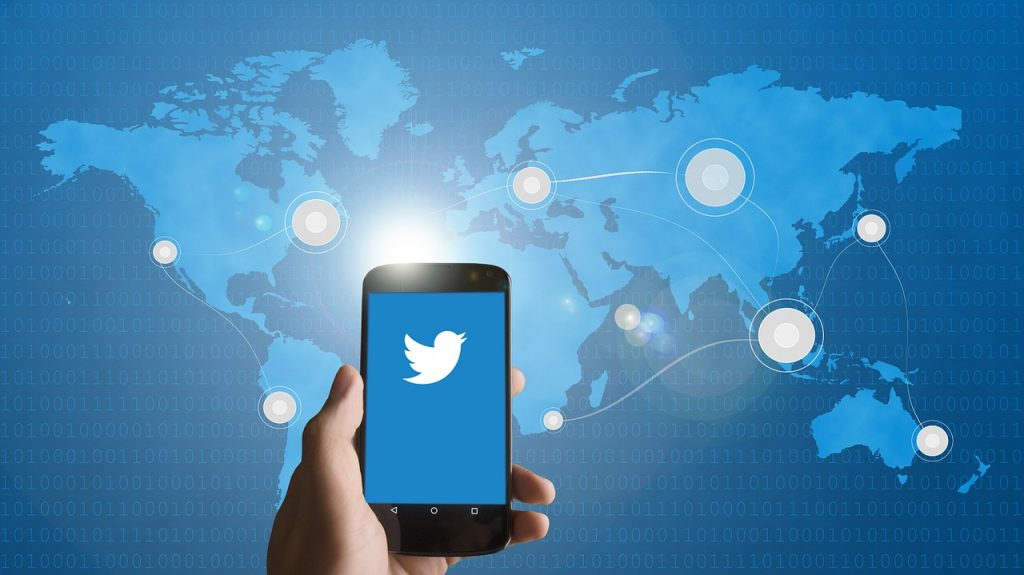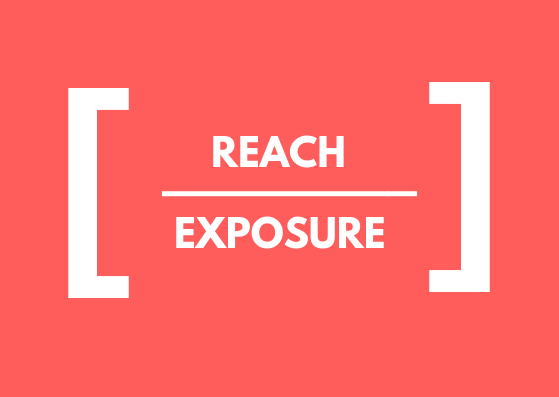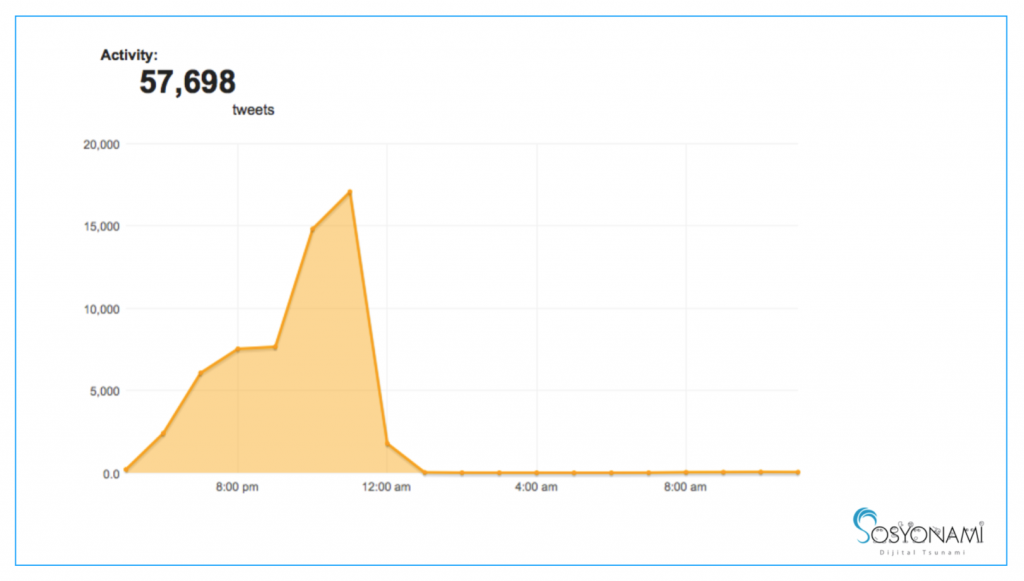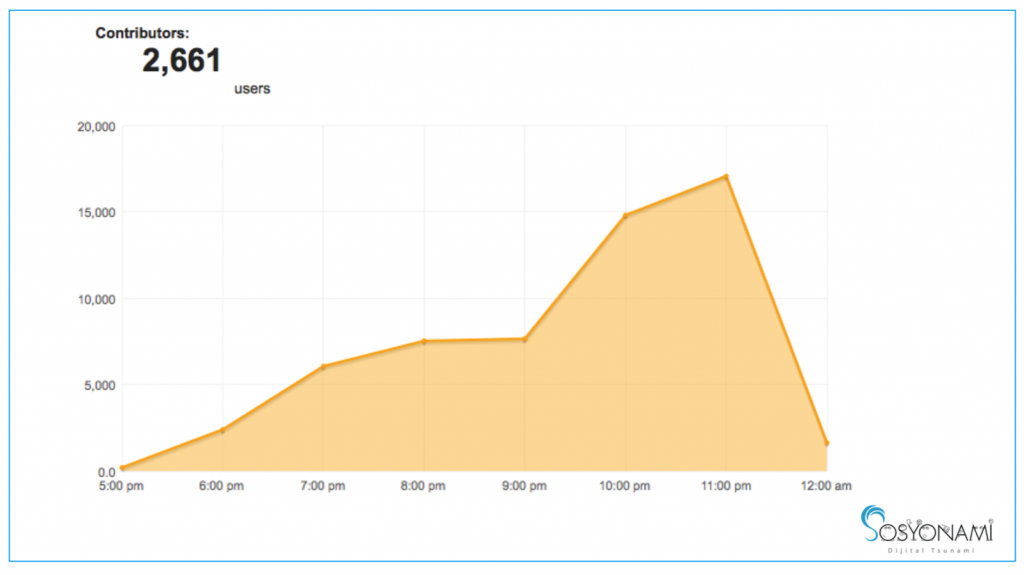
How can you decide whether is someone manipulating your topic on Twitter or not?
One of the essential parameters for detection of manipulation in one topic on Twitter is Reach / Exposure ratio. We need to talk about what the “exposure” and “reach” means in Twitter first.
The Exposure is the total number of tweets which falling over on users tweet timeline, and it is not the actual impression count of the Tweet. The user himself can only see the exact impression count on his Twitter analytics page.
The usual approach to calculate The Exposure is to count how many Tweets sent by the user’s followers about that particular topic. Most of the tools represents this value in their reports.
The Reach is the number of unique Twitter profiles which have exposed to the tweets about the topic.
The ratio of “The Exposure” to “The Reach” enables us to analyze how tweets are spreading, and whether they are spreading organically or manipulating by some group.

There are 3 cases ;
1-) Reach / Exposure is between 0.2-0.6
If the Reach/Exposure ratio is between 0.2 and 0.6, it represents a normal distribution. The campaign or crises are spreading organically, and there is no 3rd party group forcing or manipulating this spread. This ratio also shows us the engagement and impressions are moderate and not very widely.
Now with second and third ratio will give you the answer for; How you can decide about the case spreading is online crises?
2-) Reach / Exposure is between 0.6-1
If the Reach/Exposure ratio is between 0.6 and 1, it represents the campaign or crises are very widely spreading and the topic reaching a wider audience. When you see these ratios, you can safely say you are having a proper engagement and effective viral campaign for your marketing strategy.
But if you see these during any online crises; you have to focus on it and should examine very carefully. It would be better to take action for suppressing the online crisis in this case. This case would be a pre-alarm for your brand.
Maybe the number of tweets seems not significant for you relatively, but you should be aware that the ratio of the reach and the exposure is not directly related to the number of the tweets. If this is happening during a significant crisis for you, you should calculate this ratio in advance and follow it with a short time intervals.
By examining the time-dependent change graph of the crisis, you can get an idea about when to intervene in the crisis. ( I will mention to this topic in my next blog post about “when you should intervene in online crises?” ) (See the graphs below )


Having a ratio between 0.6 and 1 is the most dangerous type of the crises your brand may have. In that case; even there are not any forcing 3rd party accounts (a troll army or bot machines), the engagement will spread fast and wide enough to turn catastrophic.
Surprisingly, brands and people always dismiss this kind of crises, though it is more dangerous in comparison to the 3rd case. Usually, brands focus on the 3rd case, and this might be the wrong crisis management strategy for your brand.
3-) Reach / Exposure is between 0-0.2
If the Reach/Exposure ratio between 0 and 0.2, most probably some certain groups (spammer or accounts with many followers) forcing and sabotaging the hashtag or keyword to manipulate the topic. You may see tons of spammer accounts tweeting hundreds of tweets about the subject.
To me, this type of spread is not mean a crisis for your brand. Because the number of unique users tweeting about is not large, and tweets are not spreading widely. The individuals -if not bots- tweeting about the topic generally are the same particular group. Their social circle has not a large diameter on the social network map.
Even it is a fake situation, the massive amount of spam tweets can cause to misinterpretation for brands. Most of the brands make this mistake when they see lots of tweet spreading around they don’t act consciously.
Although the tweets spread is not that wide, brands can make the wrong decision in wrong time to intervene it. The misinterpretation happens when the brands see lots of tweets flowing on the timeline during their daily routine to check hashtags or keywords on Twitter to see what’s happening on the universe and feel like the crises are very influential; indeed it is not.
The irony starts when the brands publish press releases to handle the so-called-situation, that would disappear itself if not had suppressed. They light the fire themselves.
Never act just watching the time distribution tweet graph, and always focus on the ratio, not the number of tweets to detect crises related to your brand.
